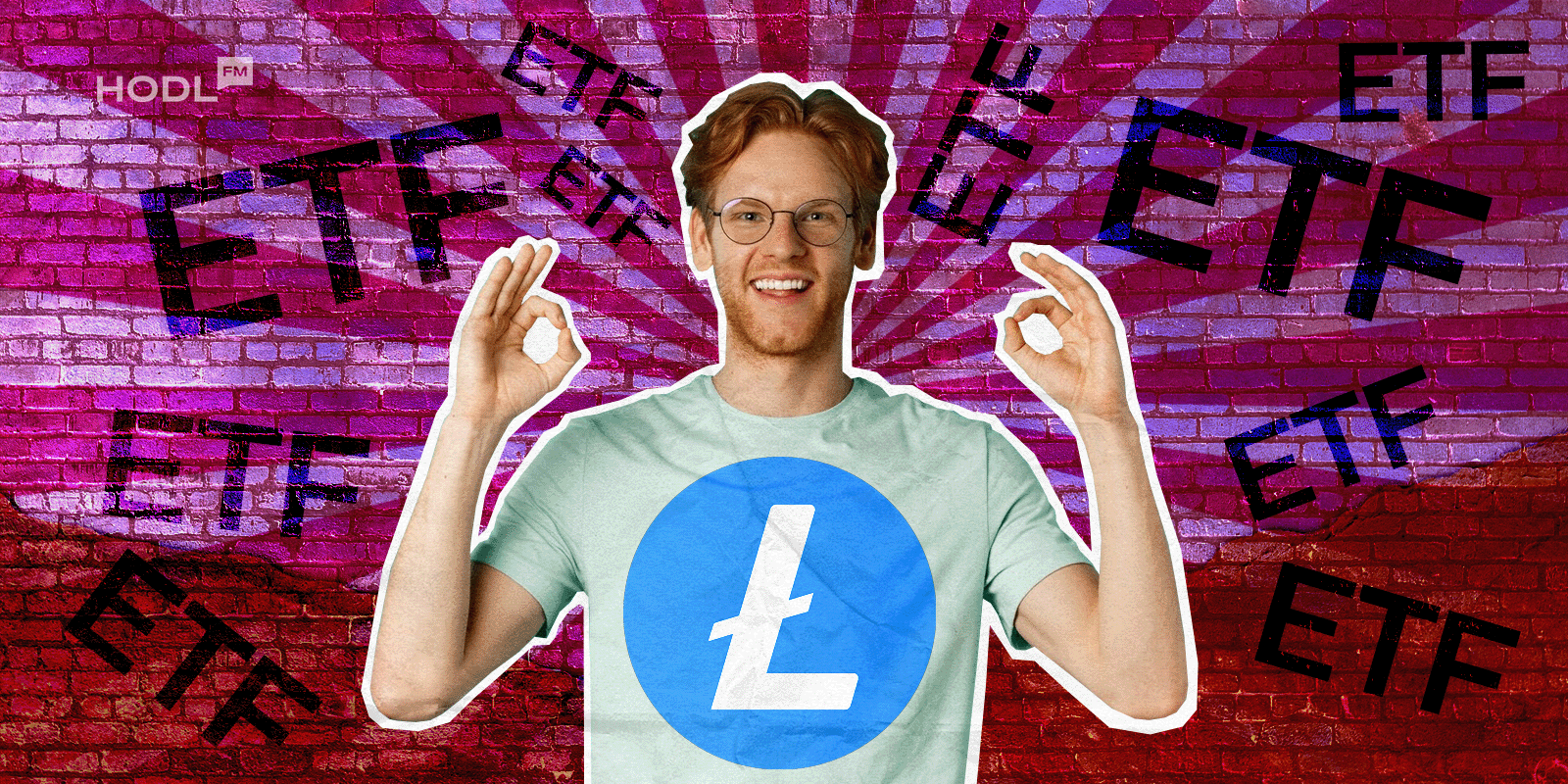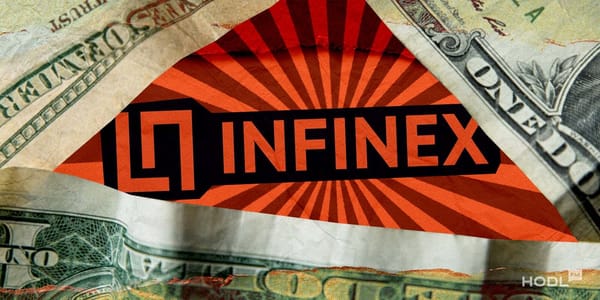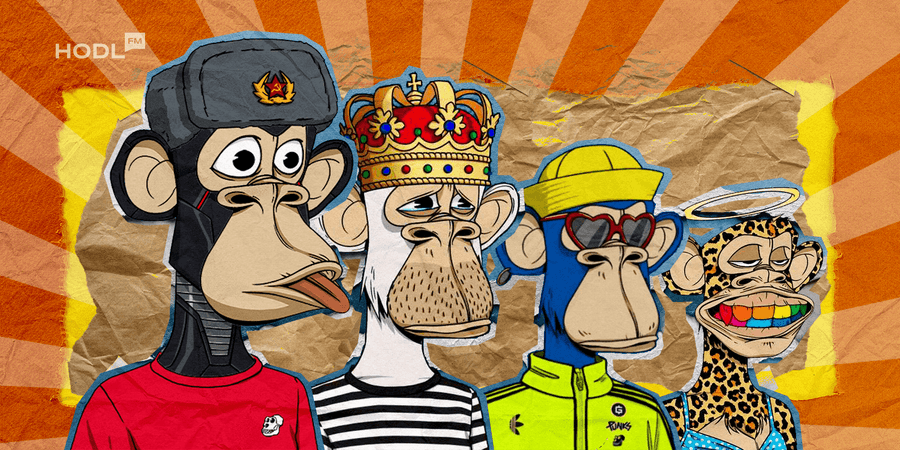The crypto world is never short on surprises, and one of the latest twists involves Canary Capital and its bullish outlook on digital art. In a bold move that seems more like a high-stakes poker game than traditional finance, Canary Capital CEO Steven McClurg is pushing for an NFT-backed ETF and other digital art products to make their debut on Wall Street. And if that isn’t a conversation starter, it’s hard to imagine what is.
A Revival in Digital Art? You Bet!
Despite the NFT market taking a nosedive last year—sales and trading volumes dropping nearly 20% compared to the previous year, according to DappRadar’s 2024 report—there’s a sense that digital art is about to stage a comeback. Top NFT collections like Pudgy Penguins, Crypto Punks, and Milady Maker have all seen significant declines in value—down 30%, 7%, and 17%, respectively, as reported by CoinGecko. But while collectors may have been mourning the loss of their once-hot assets, McClurg sees huge potential for a revival.
“Now that the SEC has determined digital art and collectibles are not securities, I see a long-term trend in digital art and digital rights to those works,” McClurg told Decrypt.
In his view, with major regulatory barriers stripped away, Wall Street is finally ripe for a reimagined approach to NFTs. The idea is not entirely new—ETF wrappers for alternative asset classes were once unthinkable—but today, regulators are more open to actively managed products, setting the stage for a digital art renaissance on Wall Street.
NFT-Backed ETFs - The Bold New Frontier
In true crypto fashion, where yesterday’s wild ideas become today’s trends, Canary Capital recently filed an application with the SEC for a Pudgy Penguins and PENGU ETF in the U.S. Just 10 days after this filing hit the news, it sparked a flurry of buzz on Crypto Twitter, dividing opinions from enthusiastic believers to skeptical naysayers. Some critics dismissed the filing as mere fanfare meant to pump the value of the Pudgy Penguins collection, while others recognized the potential for a well-structured ETF to help stabilize and even revive an ailing market.
But that’s not all. In another twist, Canary Capital also filed to launch a SUI-based ETF, using the speed and efficiency of the SUI blockchain ecosystem.
“We’ve seen a significant migration of developers into the SUI ecosystem, and given the chain’s speed and efficiency, we believe it is primed for substantial future adoption,” McClurg explained via email to Decrypt.
These filings suggest that the issuer isn’t putting all its eggs in one basket but is experimenting with multiple approaches to capture the burgeoning interest in NFTs and digital art.
The Wall Street Connection
The prospect of wrapping NFTs into ETFs is especially appealing to institutional investors who have traditionally shunned the NFT space due to its perceived illiquidity and volatile nature. With more liquid NFTs now entering the market, the possibility of creating ETF products is gaining traction among Wall Street giants. And as federal regulators slowly shed their historically anti-crypto stance—including recent moves to embrace more active management of these products—the groundwork is being laid for a new era where digital art meets conventional finance.
Issuers like Canary Capital aim to boost investor confidence and create a more predictable revenue stream. This move also represents a strategic pivot away from the shirt-sleeved chaos of traditional NFT trading toward more structured investment vehicles that offer transparency, liquidity, and, hopefully, less volatility.
FAQs
What is an NFT-backed ETF?
- An NFT-backed ETF is an exchange-traded fund that holds non-fungible tokens as its underlying assets, making digital art and collectibles accessible to institutional investors.
How could Wall Street benefit from NFT ETFs?
- NFT ETFs offer enhanced liquidity, transparency, and a regulated framework that can boost investor confidence in a previously volatile market.
Is the NFT market really poised for a comeback?
- According to industry insiders like Steven McClurg, yes. With regulatory barriers falling away and more liquid NFTs entering the scene, digital art has strong potential for revival.
Why are ETF filings for NFTs controversial?
- Some auditors and market watchers worry that NFT ETFs could face structural and market-making challenges due to the relative illiquidity of NFTs. Critics also see the filings as potential hype to pump certain collections.
While the NFT market experienced a downturn last year, there is growing optimism that wall street’s embrace of structured products like NFT-based ETFs could breathe new life into the industry. With regulators warming up and innovative issuers like Canary Capital stepping up to the plate, the future may well see digital art becoming a refined asset class, connecting high finance and creative expression.
For continuous updates on NFT investments, ETF filings, and digital art, stay tuned to reputable sources like HODL FM, and get ready as NFTs make their stylish debut on the boardrooms of Wall Street.





